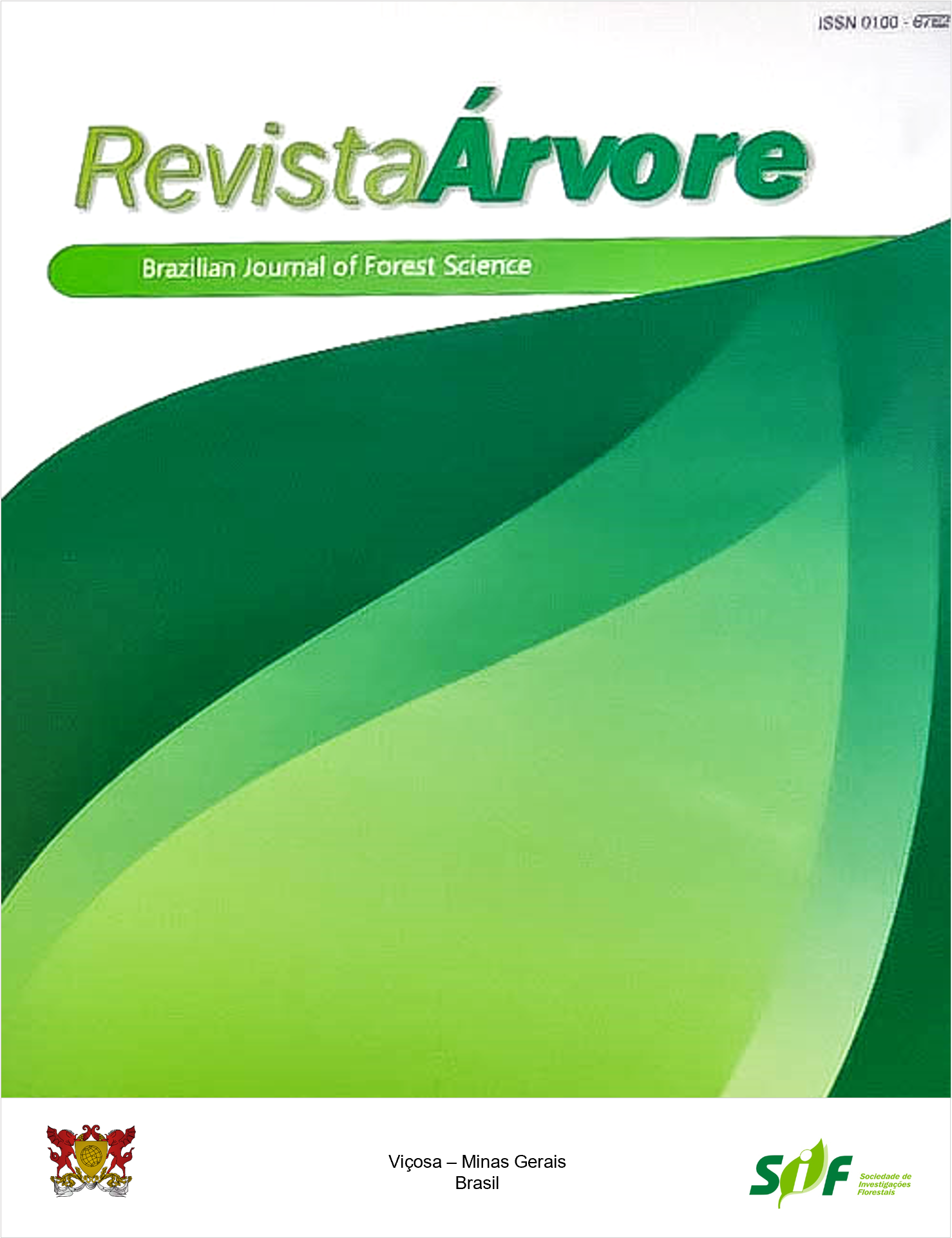HYDRAULIC TRAITS OF Jacaranda copaia (Aubl.) D. Don. (Bignoniaceae) IN THE SOUTHWEST AMAZON
Keywords:
Stomatal density, Hydraulic traits, JacarandaAbstract
Trees transport water from underground to the atmosphere through the evapotranspiration process. Climate change can significantly compromise this process due to changes in land use, such as deforestation. This study aimed to characterize the hydraulic and anatomical attributes of Jacaranda copaia (Aubl.) D. Don (Bignoniaceae), in the Southwestern Brazilian Amazon. For this purpose, the xylem vulnerability curve of this species was described. The frequency and diameter of the xylem vessels and the stomata density were also measured. Finally, a hydraulic attribute of Jacaranda copaia was compared to other species at global, tropical, and Amazonian levels. The findings show that, in the region studied, the species Jacaranda copaia has diffuse-porous woods and numerous vessels (average vessel ranging from 8 to 14 nº/mm2) with small (<50µm) to medium (between 100 and 200 µm) diameters. The average stomatal density ranged from 289 to 309 stomata/mm2. The xylem hydraulic resistance to embolism (Ψ50) ranged from -0.814 to -2.400 MPa, with relatively narrow hydraulic safety margins (HSM50 ranging from -0.312 to 1.122; HSM88 ranging from 0.204 to 1.709). The average values of Ψ50 detected were similar to a large percentage of arboreal species at global, tropical, and Amazonian levels. Possibly, the studied species presents a more “risky” hydraulic strategy, with relatively narrow hydraulic safety margins, due to its dynamic character of fast growth, typical of pioneer species.
Keywords: Stomatal density; Hydraulic traits; Jacaranda
Downloads
Published
How to Cite
Issue
Section
License
All authors agreed to submit the work to Revista Árvore and granted the exclusive license to publish the article. The authors affirm that it is an original work and has not been previously published elsewhere. The scientific content and opinions expressed in the article are the sole responsibility of the authors and reflect their opinions, not necessarily representing the opinions of the editorial board of Revista Árvore or of the Society of Forest Investigations (SIF).




